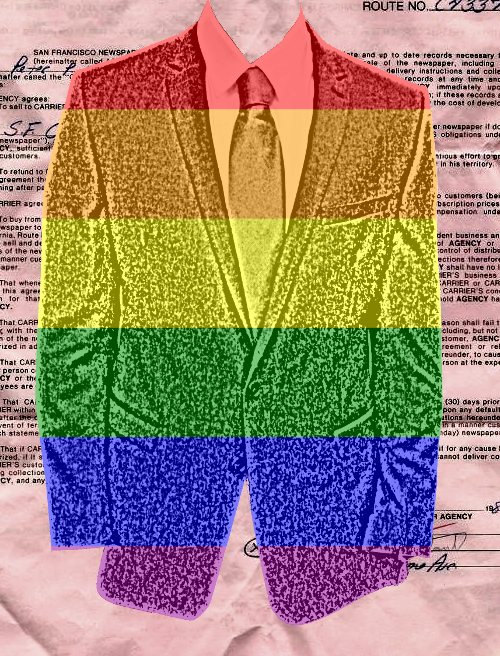Unis ranked on LGBTI efforts
 A new guide has rated Australian universities for their acceptance and inclusiveness of lesbian, gay, bisexual, transgender and intersex (LGBTI) students.
A new guide has rated Australian universities for their acceptance and inclusiveness of lesbian, gay, bisexual, transgender and intersex (LGBTI) students.
The Human Rights Commission made the assessments for its new national guide on LGBTI inclusiveness at university.
“This is the first time Australian universities have been assessed on their anti-discrimination policies, health and welfare support, staff training and other measures to ensure LGBTI inclusiveness,” Human Rights Commissioner Tim Wilson said.
“It is an important first step towards making Australian universities safer, more inclusive places for LGBTI people.”
While the Commission found some exemplary efforts at certain universities, it also found that only a fraction of Australia's universities actually live up to their anti-discrimination commitments.
The LGBTI University Guide was developed in collaboration between the NSW Gay and Lesbian Rights Lobby, Star Observer, Transgender Victoria, Out for Australia and Organisation Intersex International Australia.
The report says that while some institutions offer financial support, tailored career advice and gender-neutral toilets, others have more work to do.
The universities were assessed against 15 criteria, on the basis of information publicly available through university and student union sources.
Most universities were shown to have anti-discrimination policies in place, but just one in five of these reflected current legal protections for LGBTI people.
A third had mandatory training on equal opportunities for staff and advisers, while specific sexual health advice was lacking too.
Curtin University, University of Sydney, UNSW, University of Wollongong and the University of Queensland were among the highest-scoring for their LGBTI resources.
Some universities go the extra mile, like the University of Queensland’s bursaries for LGBTI students undergoing hardship, for example.
Curtin University has an engineering ally program which places students in LGBTI-friendly organisations.
Justin Koonin, convenor of the NSW Gay and Lesbian Rights Lobby, said Australian universities have a long way to go.
“There are maybe eight or nine who are really going to significant trouble to include LGBTI students, however there are over 40 universities in Australia and so many have a long way to improve,” Mr Koonin told the ABC.
He said transgender and intersex students were left out the most.
“I think what we noticed in particular is that support for lesbian, gay, bisexual students is further along than support for trans and intersex students,” Koonin said.
“It's not enough to just add a T or and I to the end of a policy, you actually have to do something different, and students who are transitioning, students who have a non-binary gender identity require specialised support.”
The LGBTI University Guide was compiled based on the following criteria:
- Is there a policy that protects LGBTI students from discrimination and harassment?
- Do all staff receive mandatory training on the policy to protect LGBTI staff and students from discrimination and harassment and to ensure that the policy is enforced?
- Is monitoring conducted and data collected around sexual orientation and/ or gender identity and intersex status?
- Are welfare and support services, information and resources offered for LGBTI students?
- Is there a society for LGBTI students?
- Are events held specifically for LGBTI students?
- Is consultation done with LGBTI students?
- Is there an ally network for LGBTI staff and students?
- Is career advice provided specifically to LGBTI students?
- Is the university a member of Pride in Diversity?
- Is there engagement with wider LGBTI communities or with external organisations on LGB, trans and intersex issues?
- Are the health needs of LGBTI students supported?
- Provides access to sports facilities for trans and intersex students?
- Provides support for transitioning students?
- Supports students who identify as non-binary?








 Print
Print